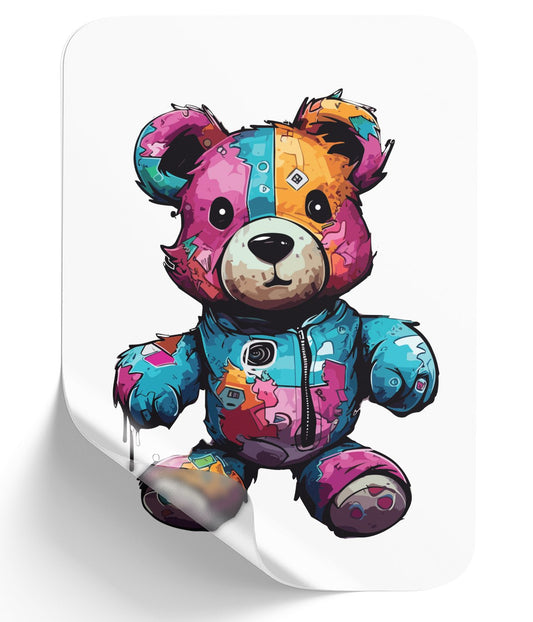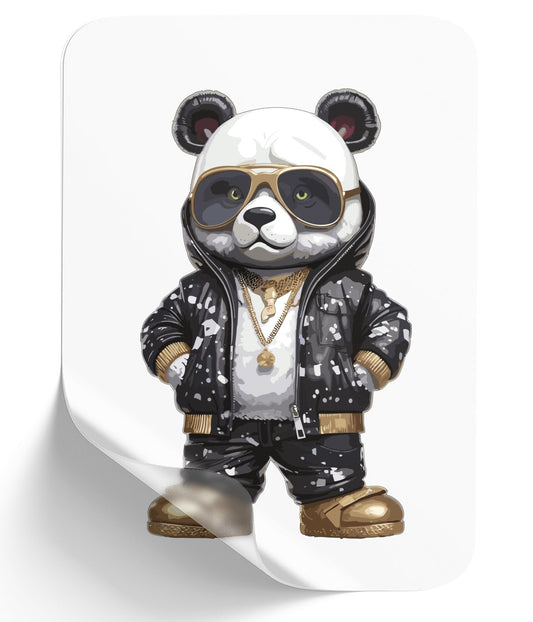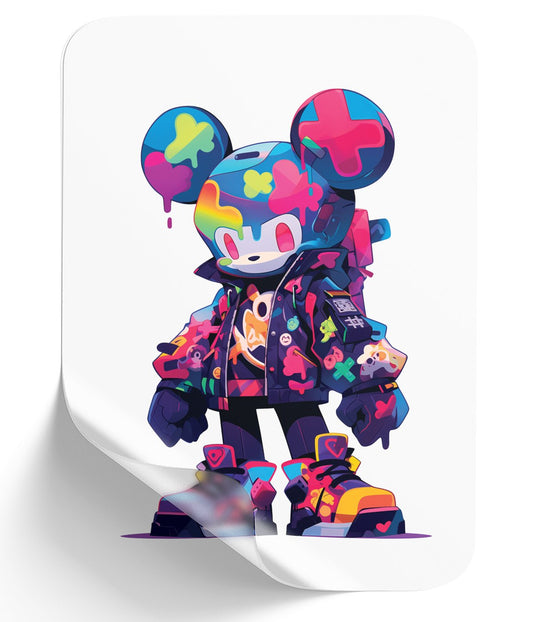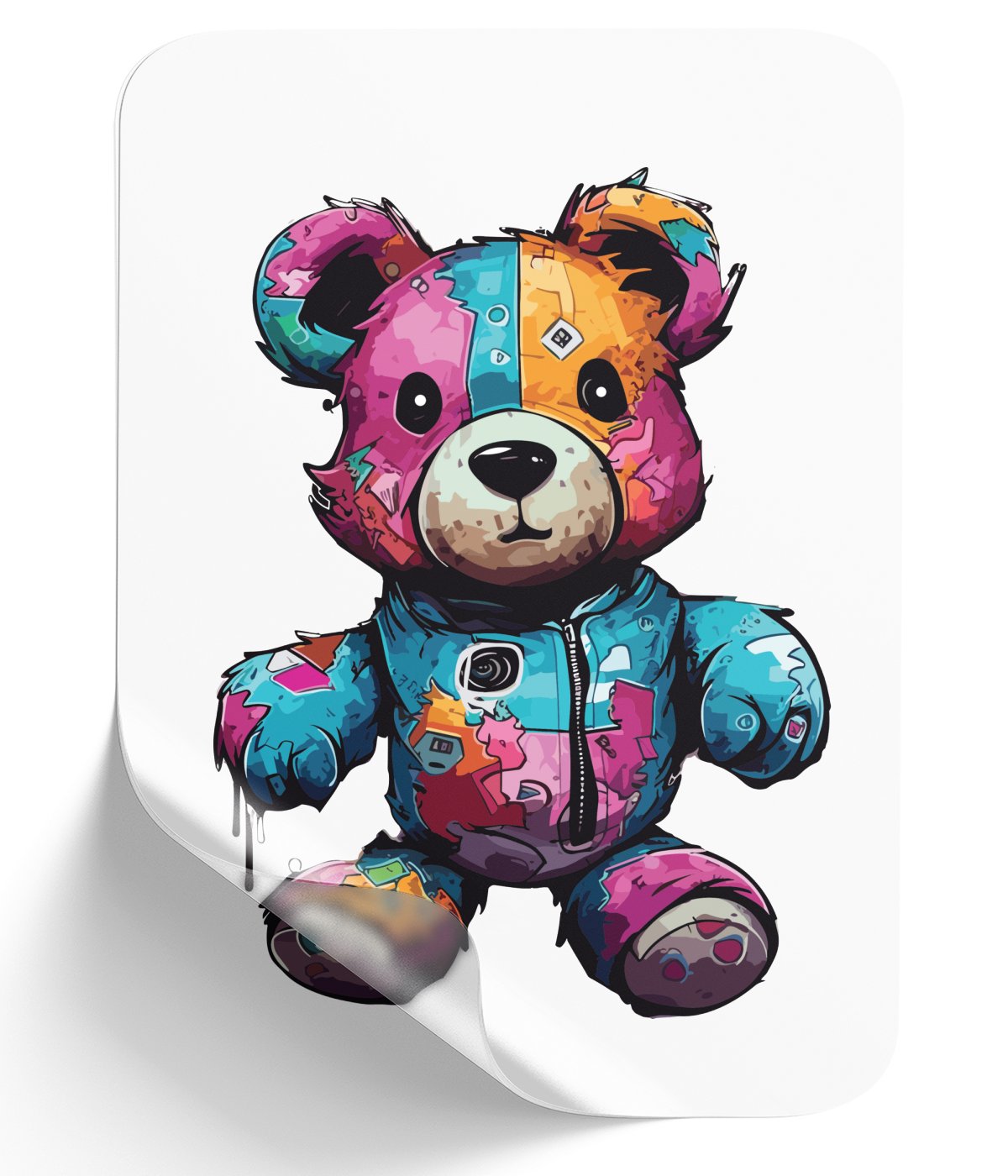UV DTF Printing Guide 2024: Pro Tips & Cost Analysis
The landscape of custom printing is being revolutionized by UV DTF (Direct-to-Film) technology, offering unprecedented possibilities for both businesses and creative professionals. This comprehensive guide explores the latest advancements in UV DTF printing, combining superior print quality with cost-effective production methods. Whether you're a seasoned printer or considering entering the market, understanding this technology is crucial for staying competitive in 2024.

Table of Contents
- Understanding UV DTF Technology
- Equipment and Investment Considerations
- Operational Costs Detailed Breakdown
- Quality Optimization Techniques
- Advantages of UV DTF Printing
- Best Practices for Success
- Call to Action
- Meta Description
Understanding UV DTF Technology
UV DTF printing represents a significant leap forward in digital printing technology, utilizing ultraviolet-curable inks and specialized transfer films to create vibrant, durable designs. This innovative method allows for direct printing onto various materials, from textiles to hard surfaces, offering unparalleled versatility in application.
Equipment and Investment Considerations
Starting a UV DTF printing business requires careful consideration of equipment and costs:
Initial Equipment Breakdown
UV DTF Printer ($10,000-$100,000) The price range reflects various capabilities and build quality. Entry-level machines around $10,000 suit small businesses starting out, while professional-grade printers ($50,000+) offer higher speed, resolution, and reliability. Premium models include advanced features like automatic cleaning systems and multi-layer printing capabilities.
UV DTF Ink Set ($1,500-$2,000) A complete ink set includes CMYK colors plus white ink for opacity. Premium inks offer better adhesion, color vibrancy, and wash resistance. The initial investment covers approximately 1-2 months of moderate production volume. Bulk purchasing can reduce long-term costs by 15-20%.
Transfer Materials ($300-$600 per roll) High-quality transfer films ensure optimal print clarity and durability. Premium films feature special coatings for better ink adhesion and transfer efficiency. A standard 500-foot roll can produce approximately 1,000-1,500 medium-sized designs, depending on optimization.
Heat Press ($3,000-$6,000) Industrial-grade heat presses ensure consistent temperature and pressure distribution. Key features include:
- Digital temperature control systems
- Pressure adjustment mechanisms
- Even heat distribution technology
- Multiple size options for different applications
Finishing Equipment ($800-$7,000) Essential finishing tools include:
- Professional cutting systems for precise edge trimming
- Laminators for additional protection
- Quality control inspection stations
- Storage and handling equipment
Operational Costs Detailed Breakdown
Consumables and Materials
- Monthly ink consumption costs: $500-$1,500 depending on volume
- Transfer film usage: $200-$600 per month
- Cleaning supplies and maintenance materials: $100-$200 monthly
- Replacement parts and backup components: $200-$400 quarterly
Labor and Maintenance
- Skilled operator wages: $15-$25 per hour
- Regular maintenance schedule: 2-4 hours weekly
- Professional service visits: Quarterly at $200-$500 per visit
- Training and skill development: $1,000-$2,000 annually
Facility Expenses
- Climate-controlled environment requirements
- Proper ventilation systems
- Adequate lighting for quality control
- Storage space for materials and finished products
- Utility costs specific to printing operations
Quality Optimization Techniques
Print Preparation Process
- Image resolution optimization: Minimum 300 DPI for sharp details
- File format selection: Vector formats for scalability
- Color profile management: ICC profile implementation
- Surface preparation protocols: Cleaning and treatment procedures
- Test print validation: Quality assurance checks
Color Management Systems
- Regular color calibration schedules
- Pantone matching capabilities
- Color consistency monitoring
- Profile creation and management
- Quality control documentation
Advantages of UV DTF Printing
Superior Print Quality
- Resolution capabilities up to 1440 DPI
- Smooth gradient transitions
- Sharp text reproduction
- Consistent color matching
- Detailed pattern reproduction
Enhanced Durability Features
- Scratch resistance testing results
- Wash fastness ratings
- UV light resistance
- Chemical resistance properties
- Flexibility and stretch capabilities
Material Compatibility Range
- Textiles: Cotton, polyester, blends
- Hard surfaces: Metal, wood, glass
- Specialty materials: Leather, canvas
- Synthetic fabrics
- Heat-sensitive materials
Eco-Friendly Aspects
- Reduced water consumption
- Lower chemical waste
- Energy-efficient curing process
- Recyclable materials usage
- Minimal VOC emissions
Best Practices for Success
Equipment Maintenance Protocol
- Daily cleaning procedures
- Weekly maintenance checks
- Monthly deep cleaning schedule
- Quarterly professional servicing
- Annual parts replacement plan
Quality Control Systems
- Pre-production material testing
- In-process quality checks
- Post-production inspection
- Customer feedback integration
- Documentation and tracking
Strategic Pricing Models
- Volume-based pricing tiers
- Rush order premiums
- Customization pricing
- Bulk order discounts
- Seasonal pricing strategies
Inventory Management
- Material stock monitoring
- Reorder point calculation
- Storage optimization
- Waste reduction strategies
- Supply chain management
Call to Action
Ready to Embark on your DTF Journey?
Experience DTF Excellence Today! Get your Sample Pack! See the vibrant colors, durability, and precision we offer firsthand before you invest.
Transform Your Style with our DTF Collection!
Ready to Elevate Your Printing Game? Submit your custom order now and experience:
- Superior color accuracy
- Premium durability
- Fast turnaround times
Click here to start your DTF printing journey!





